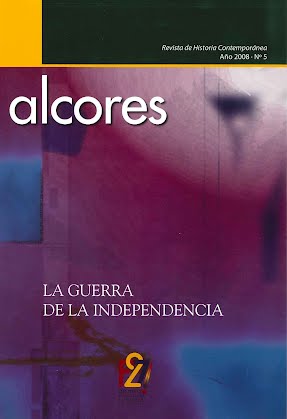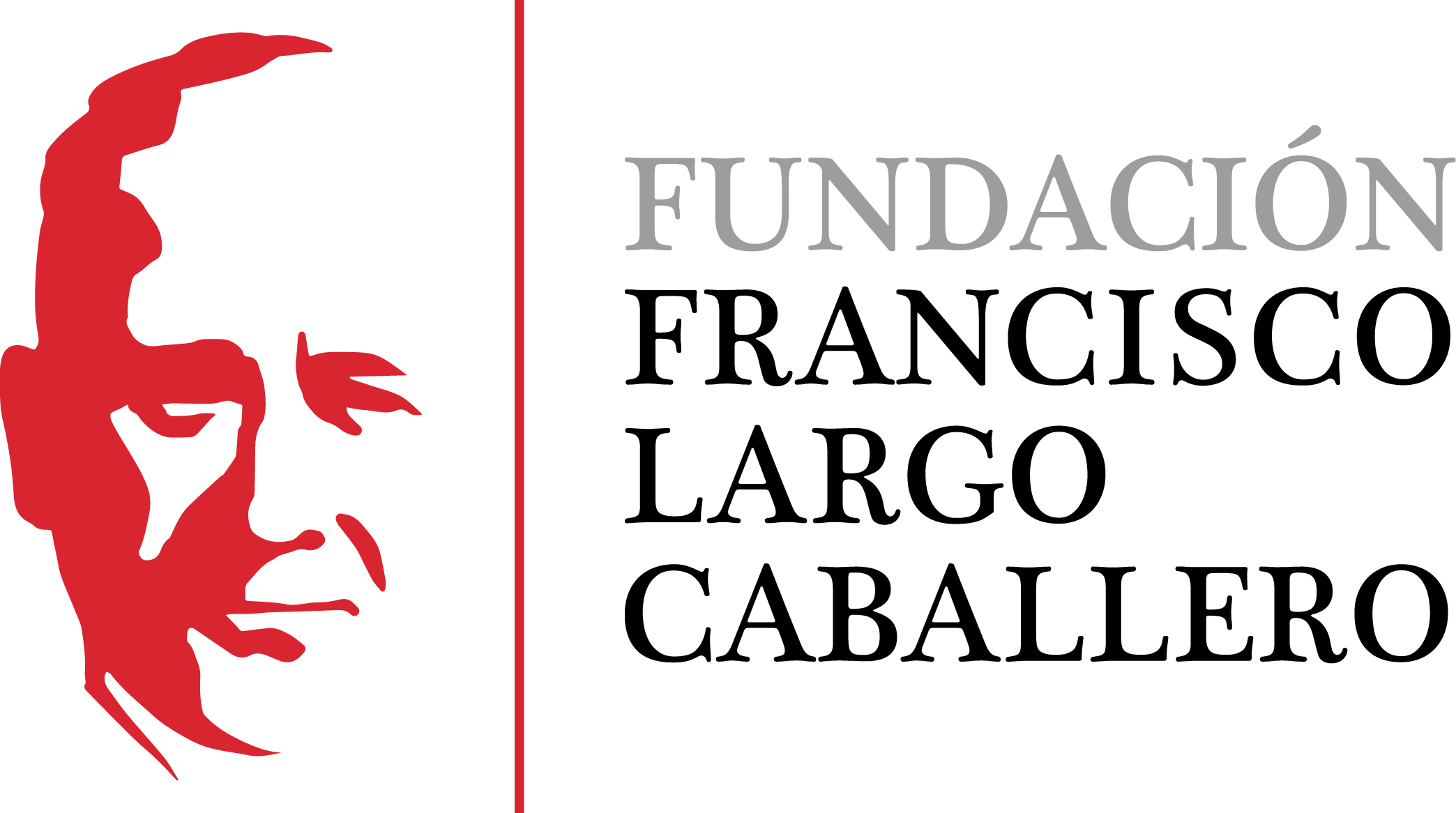The tension of the first months of the republican communist exile, February-September 1939
DOI:
https://doi.org/10.69791/rahc.243Keywords:
Communist Party of Spain, International Communist, exile, tension, militantsAbstract
The survival of the first months of the republican communist exile after General Franco’s troops conquered Catalonia in February 1939, is the aim of the following lines. The material from the extinct Soviet Union archives, also the different funds the Spanish state has, allows us to reconstruct with interesting precision, new aspects of the process of survival the Spanish communists had to face once they were in French territory. They were disorganized, had no protection, they were also divided and had internal confrontation; those were the main characteristics during those days. The introduction weeks after of a new geopolitical situation, and the Spanish leaders moving to the Soviet Union, started to reduce it. Reaching it’s climax during the summer of 1939. Firstly the Spanish communist movement defined in front of exile and political regimen Franco’s. Secondly the Spanish communist movement had two official sections in the International Communist, becoming an original exception in the international communist movement. Furthermore, they also tried to settle the responsibilities of the defeat on the north-eastern republican territory during the Civil War, through a process of internal debate and self induced criticism.
Downloads
Global Statistics ℹ️
|
37
Views
|
18
Downloads
|
|
55
Total
|
|
Downloads
Published
How to Cite
Issue
Section
License
Copyright (c) 2009 Josep Puigsech Farràs

This work is licensed under a Creative Commons Attribution 4.0 International License.
Alcores is an open-access journal. It provides unrestricted access to its content from the moment of publication. We respect intellectual property rights, and for this reason, the author retains the copyright. All content is distributed under a Creative Commons Attribution 4.0 International (CC BY 4.0) license. The terms of the license can be consulted at: https://creativecommons.org/licenses/by/4.0/
This license allows sharing (copying and redistributing the material in any medium or format) and adapting (remixing, transforming, and building upon the material for any purpose), provided that authorship and first publication in this journal are properly credited, a link to the license is included, and any changes made are indicated.
This type of license facilitates the freedom of reuse and ensures that the content of this journal can be used to meet research needs.





